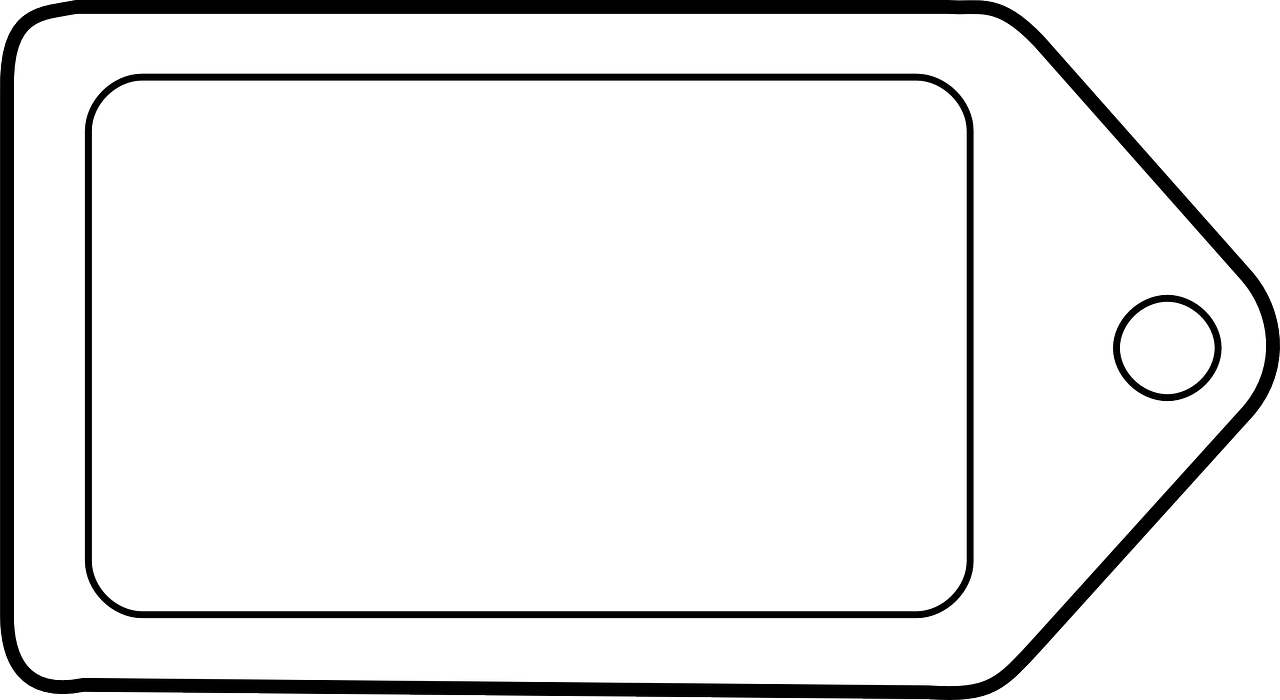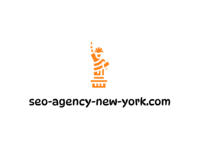
|
IN BRIEF
|
Title tags play a crucial role in enhancing SEO performance by providing users with a concise preview of a web page’s content. They are fundamental HTML elements that appear in search engine results, influencing both user engagement and search rankings. Properly optimized title tags not only improve click-through rates but also help search engines comprehend the relevance of a page’s content. Understanding the best practices for crafting effective title tags is essential for businesses aiming to boost their online visibility and drive organic traffic.

Understanding Title Tags
Title tags are crucial elements of HTML that serve as the title of a web page and play a vital role in search engine optimization (SEO). These tags not only inform search engines about the content of the page but also provide users with a concise preview of what to expect if they click on the link. For instance, an effective title tag will give potential visitors insights into the topic covered, thereby influencing their decision to click through to your site from search results.
To optimize title tags, it’s important to consider various factors such as keyword placement, relevance, and uniqueness. For example, including primary keywords near the beginning of the title can significantly enhance visibility in search results. Moreover, staying within the optimal length of around 50-60 characters helps ensure that the title displays properly on search engine results pages (SERPs) without being cut off, making it more clickable. Using actionable language and creating a sense of urgency can also encourage more clicks. By understanding these elements and applying best practices, businesses can effectively leverage title tags to improve their online presence.

Understanding the Importance of Title Tags in SEO
Title tags play a pivotal role in the landscape of search engine optimization (SEO). These HTML elements serve as the title of your webpage and are displayed in search engine results pages (SERPs). Their main function is to provide users with a preview of what the page entails, significantly influencing their decision to click on the search result. In fact, a well-crafted title tag can boost click-through rates (CTR) and help align your content with user intent.
According to various studies, about 36% of clicks go to the first result on the page, underscoring the necessity for distinctive and relevant title tags. For example, a title tag that accurately reflects the content while incorporating strategic keywords can greatly enhance visibility in search outcomes. One effective strategy is to maintain a title length of around 60 characters, ensuring it is not truncated in search results. Furthermore, it is essential to keep title tags unique for each page to avoid confusion and to enhance user experience.
Additionally, understanding search intent is crucial. By analyzing what users are looking for with specific keywords, you can tailor your title tags to better match their needs. For instance, targeting informational keywords may call for more descriptive and explanatory title tags, while transactional keywords might necessitate more action-oriented phrases. This nuanced approach can significantly contribute to improving your content optimization strategy for better online visibility. For further insights into the role of keywords in improving your SEO strategies, visit this resource: The Role of Keywords in Effective SEO Strategies. Moreover, understanding the basics of SEO and its importance can substantially elevate an organization’s web presence, as detailed in this article: Understanding the Basics of SEO and Its Importance.
The Importance of Title Tags in SEO
Understanding and Optimizing Title Tags
Title tags serve as a critical component of SEO, providing users a glimpse into the content of a web page and helping them decide whether to click through. They not only play a role in attracting user attention but also contribute significantly to how search engines index and rank sites. To maximize their effectiveness, it is essential to adopt best practices in title tag creation and optimization.
When it comes to title tag optimization, understanding user intent is pivotal. By creating content that aligns with the searcher’s needs, businesses can craft title tags that both represent their content accurately and incorporate relevant keywords. For example, using descriptive and compelling phrases can significantly enhance a page’s click-through rate (CTR). A well-constructed title not only boosts visibility in search results but also increases the chances of engaging users who are searching for specific information. Companies can refer to resources that highlight the various strategies for crafting effective title tags such as Surfer SEO, which elucidates key points in optimizing SEO titles.
- Ensure each title tag is unique to avoid confusion among search engines.
- Incorporate primary keywords toward the beginning of the title tag for better relevance.
- Keep the title tag length within optimal limits, typically between 50-60 characters, as outlined in SEO guidelines.
- Make sure the title accurately represents the content to improve user trust and reduce bounce rates.
Further exploration of the role of title tags in SEO can be beneficial. For instance, utilizing tools and resources such as tag management systems and understanding on-page SEO techniques can enhance the overall optimization strategy.

Understanding Title Tags for Enhanced SEO
Title tags play a critical role in shaping the user experience on search engine results pages (SERPs). They provide a clear preview of what the content on a webpage entails, assisting users in deciding whether to click on a result. This initial impression directly influences click-through rates (CTR), underscoring the importance of crafting effective title tags.
To optimize your SEO titles, it is essential to grasp several best practices. Firstly, a title tag should accurately represent the content it leads to, ensuring that users find what they expect upon clicking. Secondly, integrating relevant keywords into the title tag can significantly enhance visibility, making it easier for search engines to understand the content’s context.
Moreover, it is beneficial to make each title unique and compelling to stand out in a crowded search landscape. As users scan search results, well-optimized title tags can capture attention and drive traffic to your site. Understanding search intent also aids in creating a title tag that resonates with what users are actively seeking, thus aligning your content with their needs.
In terms of length, it is advisable to keep title tags within a specified limit to ensure they are fully displayed in search results. Staying updated with the latest data on optimal title tag lengths can provide further insights for effective implementation. By applying these strategies, businesses can leverage title tags not just for improved visibility but also for heightened engagement with their audience.

Title tags play a vital role in optimizing your website for search engines. They serve as HTML elements that communicate the subject of a web page to both users and search engines. An effectively crafted title tag can significantly enhance your site’s visibility in search results. Therefore, it is crucial to align your title tags with search intent to attract the right audience.
To ensure optimal SEO performance, adhering to best practices is essential. This includes using relevant keywords strategically, creating unique titles for each page, and ensuring your titles accurately reflect the content. A well-optimized title tag not only improves click-through rates (CTR) but also helps search engines to better understand your content and its context.
As the digital landscape continues to evolve, understanding the intricacies of title tags becomes increasingly important. By prioritizing effective title tag strategies, businesses can significantly enhance their organic traffic and overall online presence.
